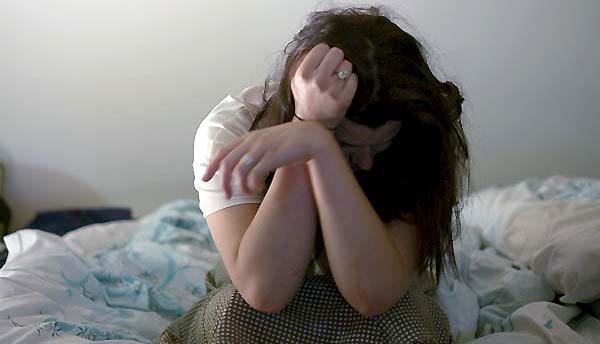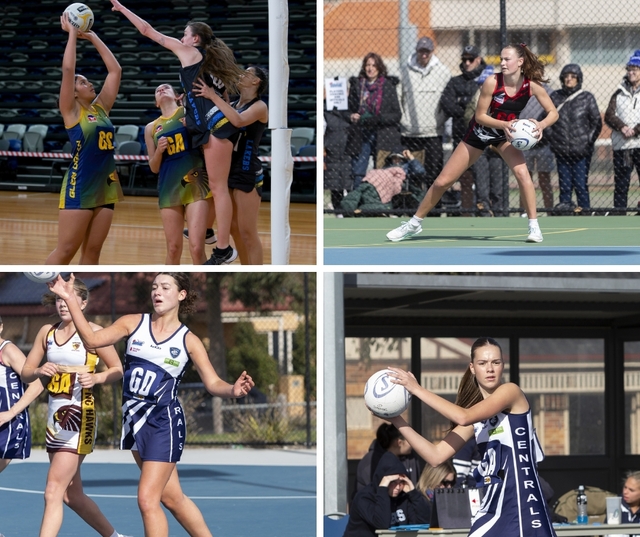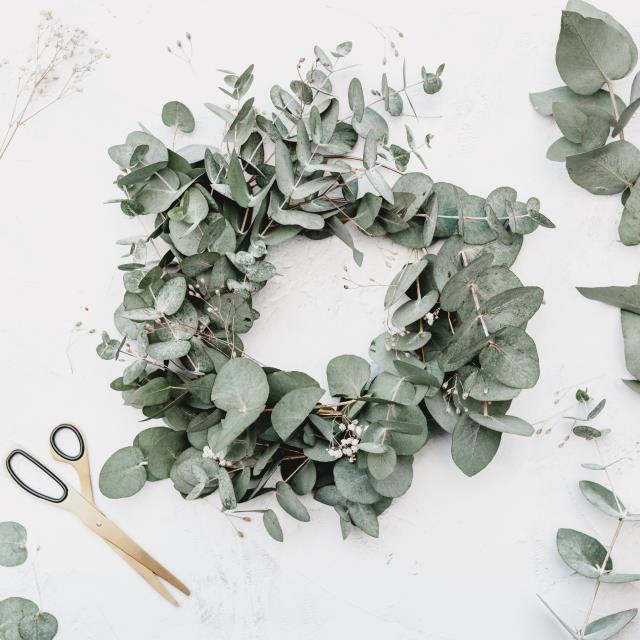Domestic violence is preventable and not inevitable, according to Women’s Health West.
“If we want to get real about ending violence against women, we need to work on preventing it,” the organisation’s senior health promotion officer Stephanie Rich said.
“What the evidence base shows us is that the more unequal distribution of power and resources, and adherence to rigid ideas around gender roles and gender ideas, the more likely there will be violence against women.”
Data from the 2013 National Community Attitudes towards Violence Against Women Survey found one in five people believed there were instances where women were responsible for the violence.
“We have a strong victim-blaming culture and victim blaming is a manifestation of gender inequality,” Ms Rich said.
“We still place the responsibility on the victims and survivors, but it always lies with the perpetrators. It’s a choice made to exert control and power over women.”
Ms Rich said there needed to be “strong action” by everyone to put an end to the cowardly acts that affect thousands of women and children across the country.
Workplaces, local government, schools, the media, arts, private businesses and everyone had an active role to play in eliminating violence against women, she said.
She urged everyone to call out and challenge sexist behaviour, whether it be on the streets or in the workplace.
“[Sexist comments] are part of the fabric of our society that continually convey the message that women are less valued than men,” Ms Rich said.
“People think a sexist joke is harmless; it’s not and it’s part of the bigger picture. We need to be active agents of change in our peer network, in our workplaces, in our hobbies and sports clubs.”
“We still place the responsibility on the victims and survivors, but it always lies with the perpetrators. It’s a choice made to exert control and power over women.” Violence, including domestic violence, is the leading contributor to death, disability and illness of women aged 15 to 44 in Australia.







